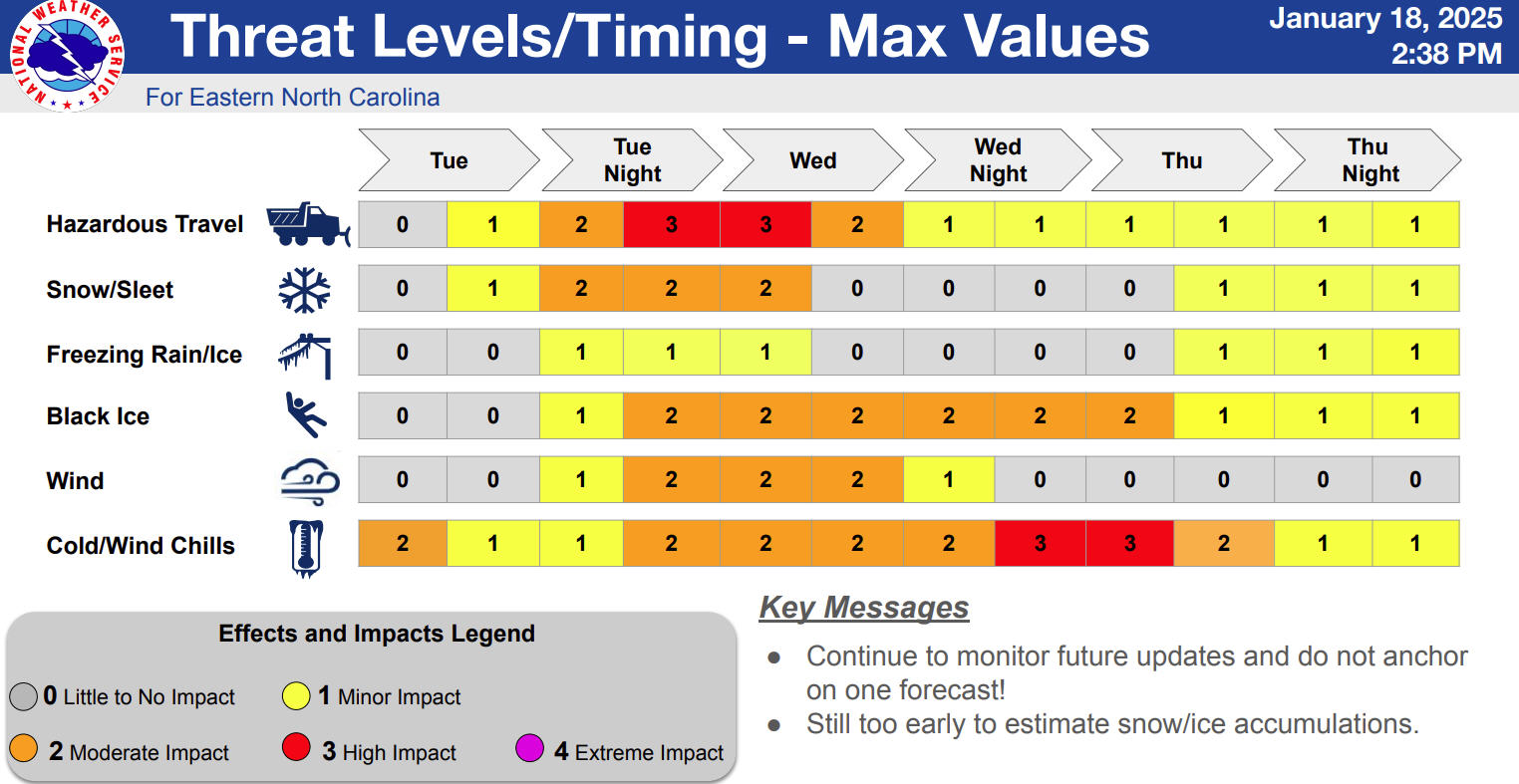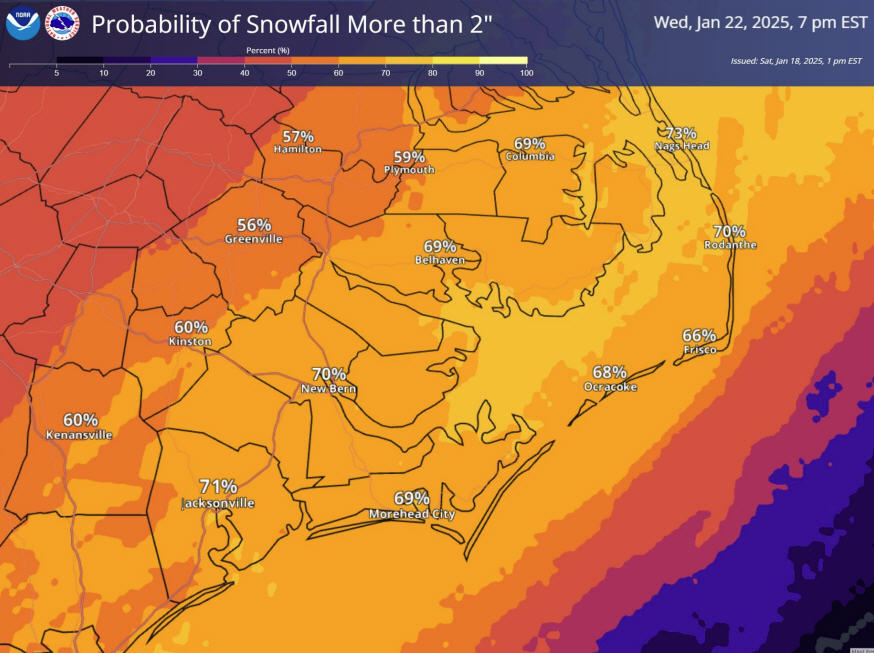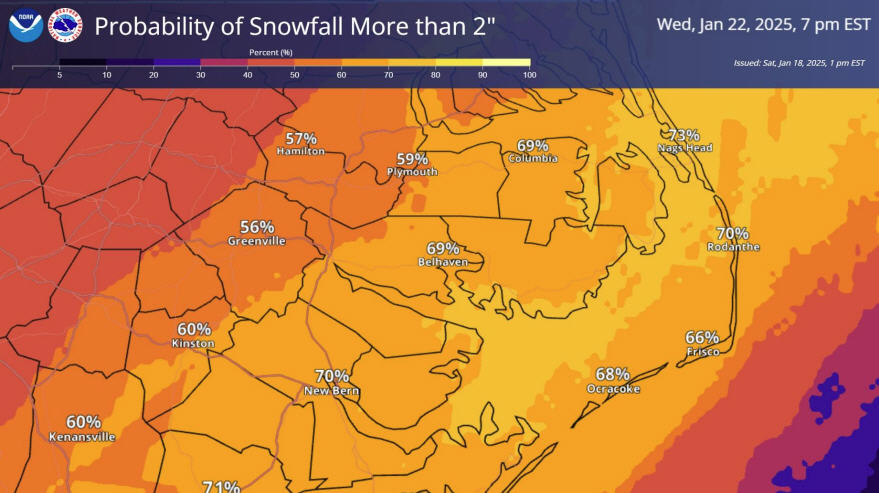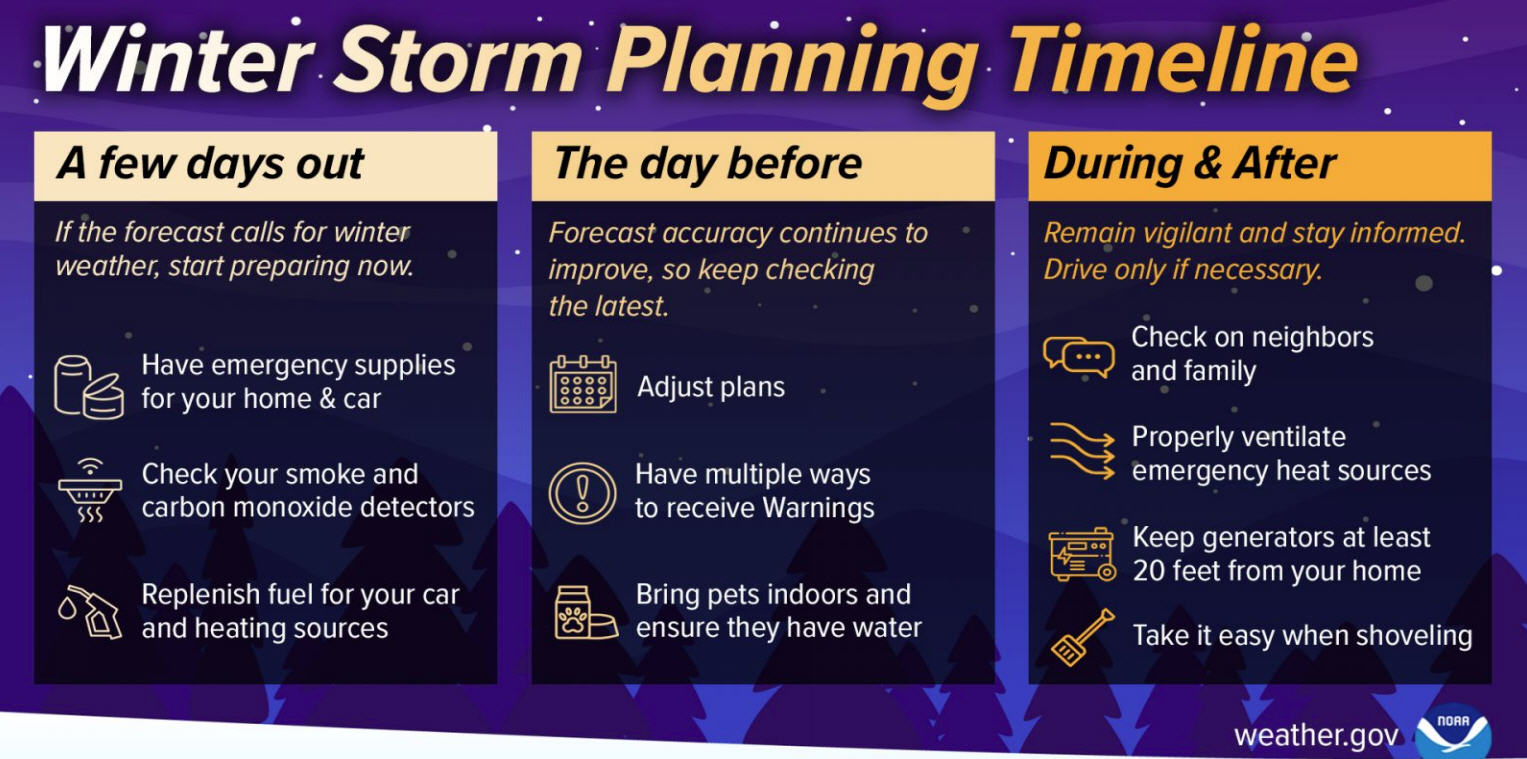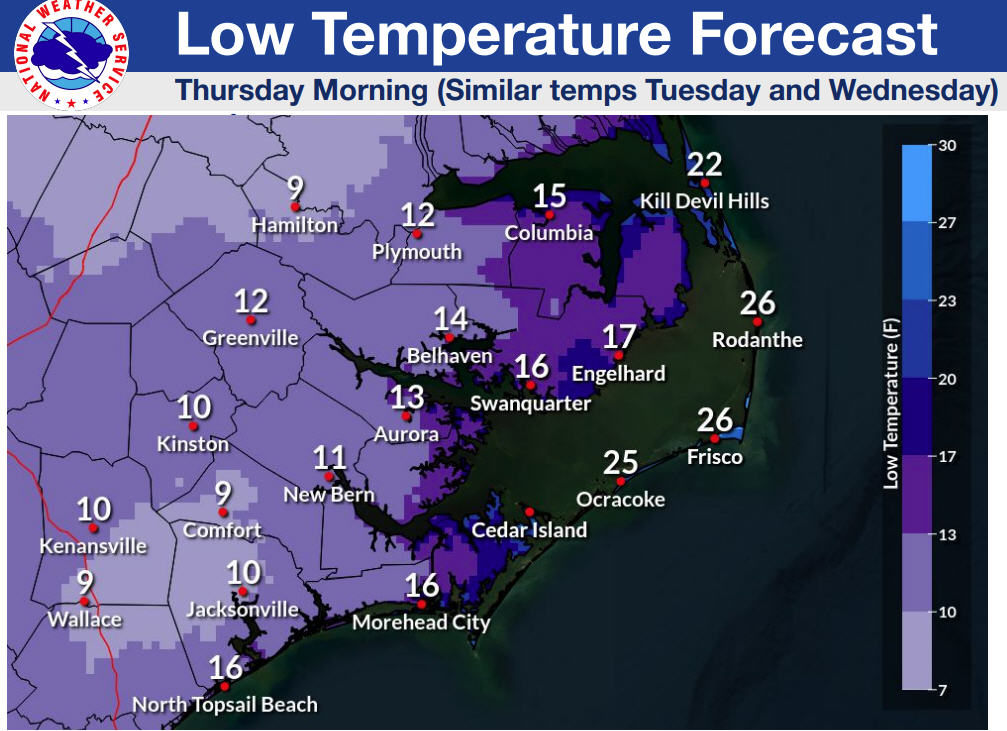Dare County Schools are in the top 10 percent for overall proficiency in the state
 CHSS School
CHSS SchoolOut of 115 public school districts in North Carolina, Dare County Schools (DCS) ranked in the top 10% for overall proficiency scores according to the Department of Public Instruction’s (DPI) latest Accountability Results Report.
DCS experienced district-wide growth in a majority of tested subjects during the 2022-23 school year compared to 2021-22. DCS was pleased to see several tested subjects surpass pre-pandemic scores including sixth-grade math, eighth-grade English Language Arts (reading), eighth-grade science, and Math 3.
Along with the other districts in the state, DCS continues to recover from academic setbacks brought on by the pandemic. “It is not good enough to get back to where we were before the pandemic, our goal is to exceed those levels,” said Superintendent Steve Basnight. “Our students and staff deserve to be seen as leaders in education across the state.”
In the Accountability Results Report, DCS exceeded state averages in a number of tested subjects. Elementary schools surpassed state averages in five out of seven end-of-grade (EOG) tested subjects. Middle schools scored above state averages in seven out of seven EOG tested subjects. High schools in the district exceeded state averages in four out of four end of course tested subjects.
DCS is not solely focused on growth in core academic skills, but also emphasizing the importance of career and technical skills in strengthening the workforce. This effort has led to a record number of middle and high school students receiving industry-recognized Career and Technical Education (CTE) credentials; totaling 2,765 for the 2022-23 year. These credentials show student mastery of professional skills required for employment and advancement in various fields.
Along with providing CTE pathways, the district is also working to prepare students interested in pursuing a post-secondary education. The district was pleased to see 11th-grade students in the district surpass the state average for the minimum ACT score required for admission to University of North Carolina Campuses. The percentage of students reaching that benchmark score on the ACT, required of all 11th graders in North Carolina, is one of the factors used to determine each high school’s A-F performance grade, along with EOC scores, 4-year cohort
graduation rates and other indicators. The percentage of 11th graders in DCS achieving the UNC minimum score of 19 was 46.3% in 2022 and 48.5% in 2023, compared to the state average of 41.1%.
“We believe these numbers underscore the commitment of our staff to ensure growth and improve learning in our classrooms. All the while understanding that every one of these numbers is a child,” stated Basnight.
Across the state, districts are showing an increase in scores from 2021-22 in all tested grade levels. Fourth-grade scores showed the strongest gains, both in reading and math. Math scores in elementary and middle school grades were up more significantly than reading scores. The scores on science exams, given at grades five and eight, showed gains from 2021-22 in fifth grade but a decline in eight-grade.
Among end-of-course exams administered in high school grades, scores on the NC Math 3 exam exceeded the 2018-19 pre-pandemic performance, while scores on NC Math 1 and biology exams improved from the 2021-22 year. Scores on the English II exam were up slightly at the GLP level and down slightly at the CCR level from the previous year throughout N.C.
DPI Achievement Data and School Performance Grade Scoring
The student achievement data for the 2022-23 school year is based on analysis of all end-of grade (EOG) and end-of-course (EOC) tests, which are aligned to the North Carolina Standard Course of Study in English Language Arts (reading) and Mathematics and the Essential Standards in Science for all public schools in North Carolina. The data shows the percentage of students who scored at Level 3 and above (grade level proficiency), at Level 4 and 5 (college and career readiness), and at each academic achievement level.
The A-F school performance grades that schools received for 2021-22 and in 2022-23 were affected by the formula used to determine those grades, because student performance on the state tests far outweighs the credit schools earn for the progress students make on the same tests from one year to the next. 80 percent of the grade is for the percentage of tests earning a score of at least grade-level proficient; 20 percent is for growth, measured by a statistical model that compares each student’s predicted test score, based on past performance, against his or her actual result.
Even as most North Carolina schools achieved at least expected growth, the A-F performance grades of many schools were depressed by lower-than-usual percentages of students earning a score of grade-level proficient. With the weighting of 80 percent on the test scores and other achievement data, the school performance grades have shifted downward, consistent with the impact of the pandemic on test scores. For the 2022-23 school year, the percentage of N.C. schools with a grade of D or F decreased to 35.4% from 42.3% in 2021-22 but remained higher than the 21.8% in 2018-19.
In Dare County, First Flight Middle, First Flight High, Kitty Hawk Elementary, and Manteo High School received a B school performance grade. Cape Hatteras Elementary, Cape Hatteras Secondary, First Elementary, Nags Head Elementary, Manteo Elementary, and Manteo Middle received a C.
“We are making great strides, but still have room to grow. I hope everyone understands how tremendous it is that 10 out of 10 of our schools either met or exceeded growth. This is a fantastic start to getting DCS back to being recognized as one of the leading educational districts in our state. We are excited about the work our staff and students are doing in our classrooms and the continued support from our families,” said Basnight.







